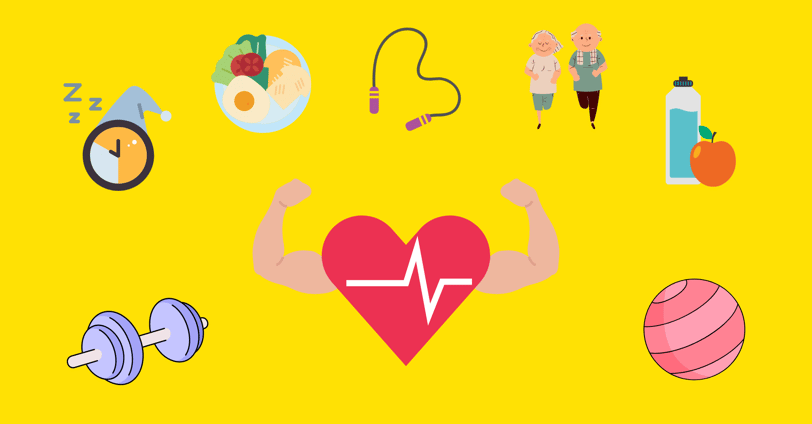Becoming Stronger
We all want to be stronger. Here are a few simple tips that we can try in our daily lives.
RESILIENCE
8/2/20242 min read


We all want to be more resilient, but what is it that we actually want to become anyway?
In the physical sciences, the word resilience refers to the property whereby an object returns to its original shape after being compressed, such as a rubber ball does after you press it between your palms. A resilient object doesn't break under force.
Interestingly, the word was first used to refer to the immaterial form of resilience two centuries before it was used to refer to objects. The Latin words resilire (recoil or bounce back) and salire (to jump or leap) were combined in the 17th century to denote human abilities to "spring back" or "rebound."
Today, to be resilient means not only to bounce back after adversity or challenges, it actually involves coming back stronger than we were before. The bar has been raised!
There is truth to the notion that pain helps us grow, just like how muscle fibers in our body breakdown under stress only to grow bigger. However, without repair work, we do not bounce back stronger from strain or hardship.
If our physical bodies need rest, water, nutrients, and sleep to recover from the muscular tears that exercise or resistance training introduce, our mental, emotional, and spiritual muscles need the same, and more.
On its own, pain does not produce growth. Here's what athletic resilience models for us:
Breath and heart-rate should be slow and rhythmic
Body and mind work together
Awareness of bodily sensations
Focus and energy
Appropriately relaxed without being too tensed
Appropriately confident without being over-confident
Flexible and able to respond effectively in the moment
Able to work with others on a team without becoming overcome by extreme emotions
Stress can push us out of the optimal zone for performance, whether it is in sports or in life generally. Here are a few things we can try to help us return to where we want to be:
Breathing exercises that slow down rapid or erratic breathing so we regain composure and the ability to think clearly
Stretches that increase balance, mobility, and awareness
Acknowledge pain and bring it to resolution, perhaps with the help from a trusted confidant
Recognize and dismantle limiting beliefs
Use humor and compassion to reframe what you see
Start a gratitude journal
Engage in meaningful relationships that involve understanding and forgiveness
Understand your values and develop integrity
How many have you tried? Where would you like to begin? Do you find any of these steps challenging?
